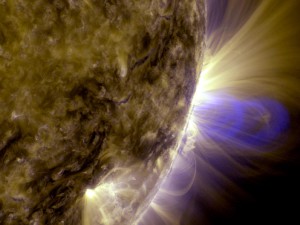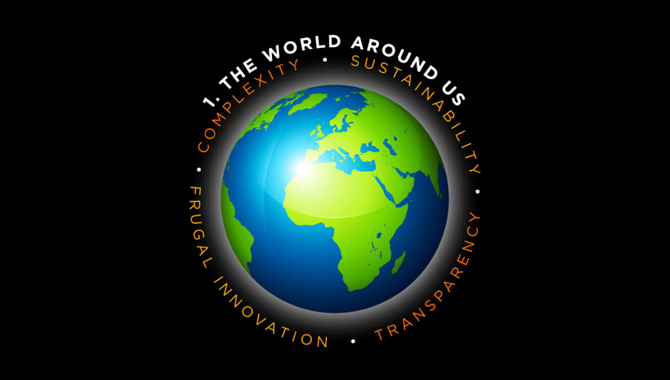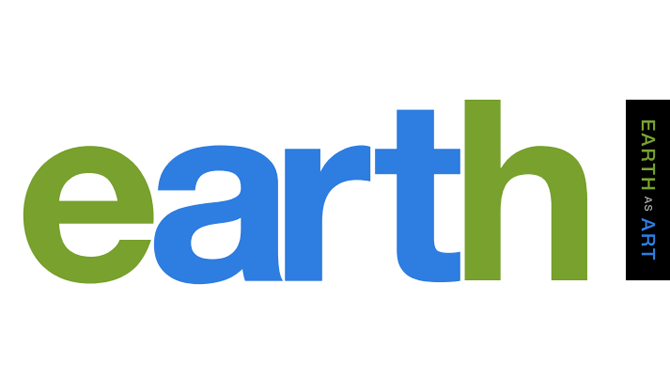
This is an image of magnetic loops on the sun, captured by NASA’s Solar Dynamics Observatory (SDO). It has been processed to highlight the edges of each loop to make the structure more clear. A series of loops such as this is known as the a flux rope, and these lie at the hears of eruptions on the sun known as coronal mass ejections (CMEs). This is the first time scientists were able to discern the timing of a flux rope’s formation. (Blended 131 Angstrom and 171 images of July 19, 2012 flare of CME). Photo Credit: NASA/Goddard Space Flight Center/SDO
Doesn’t a new policy just mean another layer of bureaucracy?

This is an image of magnetic loops on the sun, captured by NASA’s Solar Dynamics Observatory (SDO). It has been processed to highlight the edges of each loop to make the structure more clear. A series of loops such as this is known as the a flux rope, and these lie at the hears of eruptions on the sun known as coronal mass ejections (CMEs). This is the first time scientists were able to discern the timing of a flux rope’s formation. (Blended 131 Angstrom and 171 images of July 19, 2012 flare of CME).
Photo Credit: NASA/Goddard Space Flight Center/SDO
It has been my experience that few people at NASA get excited about policy. The mere mention of it often elicits a visual chorus of eye-rolling and knowing glances. In many cases, these trepidations are rooted in hard-bitten experience with lousy policies. But NASA is hardly exceptional in this regard.
Any public organization has a significant body of policies for its employees, and when put into practice they follow a bell curve distribution: some are highly effective, some are misguided, and most are a mixed bag of good and bad. This is unsurprising given the need for consensus among diverse stakeholders in an organization as decentralized as NASA.
Even so, policy plays an important role in our success or failure as an organization. It is one of the most common things I get asked about: What is NASA’s policy for knowledge?
A shorthand for policy is to think of it as the act of writing down “the way we do business around here.” At successively more granular levels, we also write down how different kinds of work should get done in our procedural requirements, handbooks, standards, and other guidance. Policy offers organizations an advantage in that they represent an organization’s collective wisdom over a period of time. Organizations without policies are doomed to repeatedly start from square one.
There have been policies implemented in recent years that have made NASA a more robust learning organization. In the aftermath of the Columbia accident, our project management policy and procedures incorporated a system of checks and balances that include a formal chain of technical authority and respect for dissenting opinions, among others. We saw how this helped shape a new level of openness in cases like the STS-119 flow control valve issue. A novel solution to a challenging technical problem emerged at a critical juncture because, as Johnson Space Center (JSC) Engineering Director Steve Altemus said, “It’s important to recognize that we’re not always the smartest one in the room, that perhaps there’s somebody over there in the corner of the room, and that we have to pull out of them what their thoughts are, because they’ve got the answer.”
Where knowledge is concerned, the primary concern is ensuring that we manage the knowledge resources that enable us to execute the agency’s programs, projects, and missions. Up to now, the focus of NASA’s knowledge policy has been on capturing lessons learned in the Lessons Learned Information Systems (LLIS) database. As I’ve written in the past, there is a rich diversity of knowledge work going on across the agency, from the Shuttle Knowledge Console at JSC to the case studies developed at Goddard Space Flight Center. Our policy needs to reflect the breadth of knowledge management efforts already in place across NASA.
In January, the CKOs and points of contact from the centers, mission directorates, and cross-agency support organizations (such as the NASA Engineering and Safety Center and the NASA Safety Center) got together at the Academy Center for Excellence at Kennedy Space Center to forge a new knowledge policy for NASA. We left the meeting with a working draft that is being internally reviewed and revised. Two weeks after that meeting, the NASA Program Management Council granted us authority to proceed with developing this new knowledge policy. In the months ahead, I will be writing more about what the knowledge policy covers and how it should ultimately help NASA practitioners be able to find the knowledge they need when they need it. Stay tuned.









